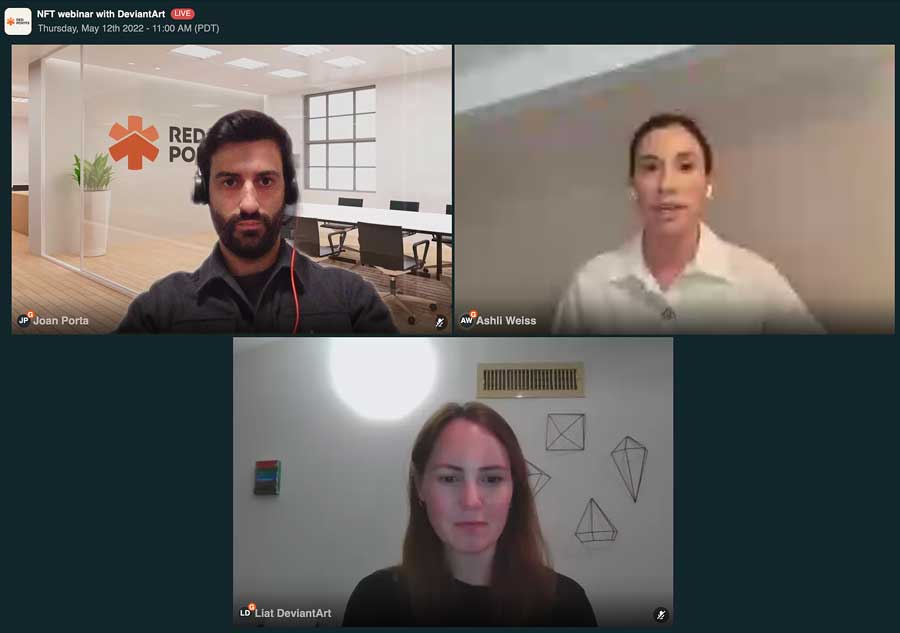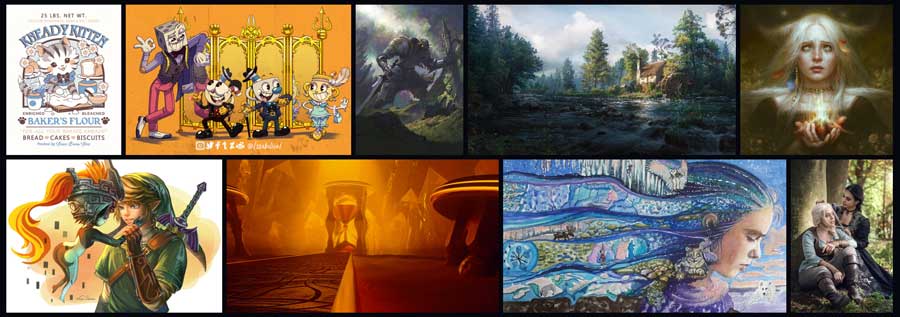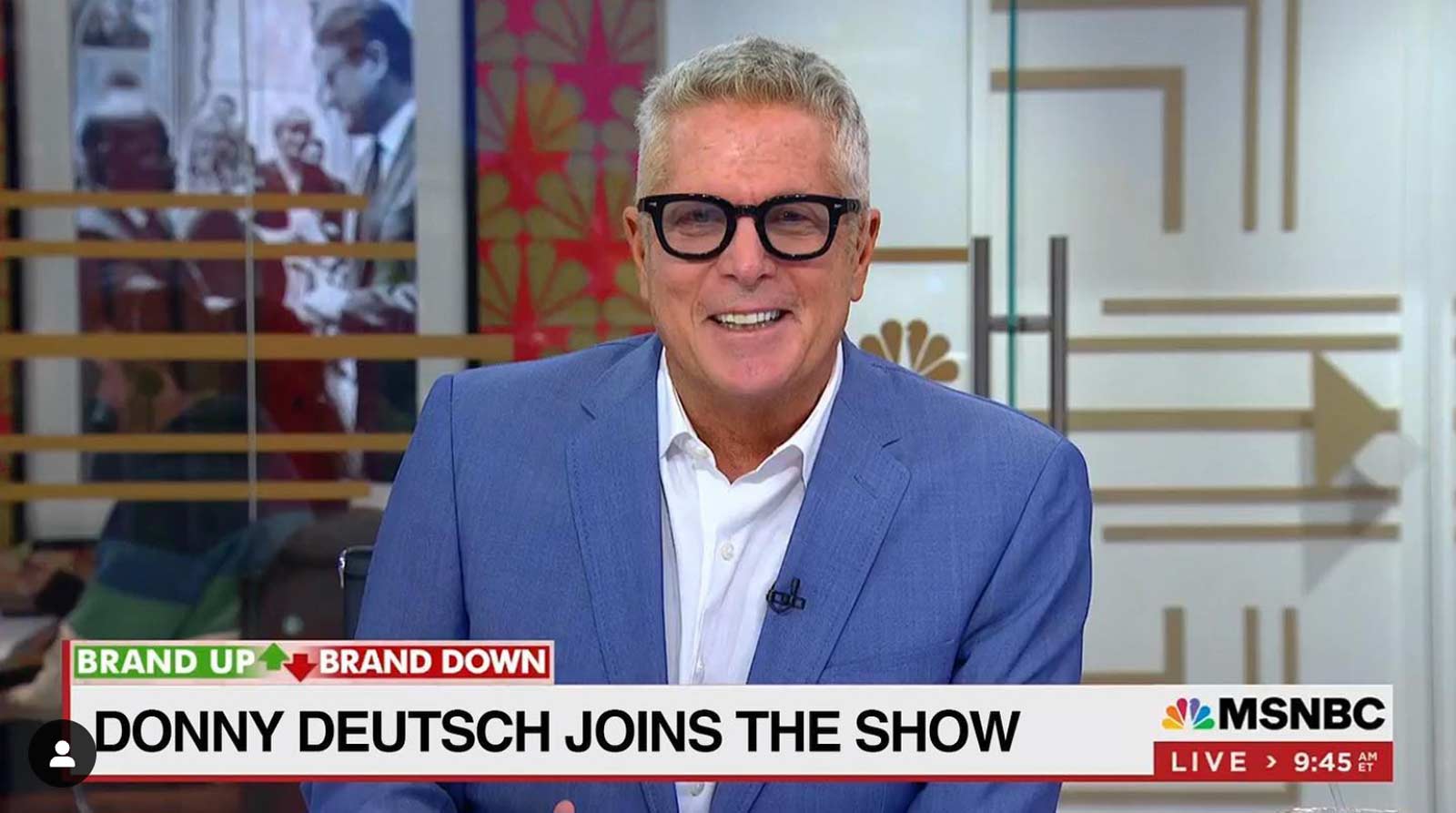
Clearly, we are still in the early Wild West days of crypto, blockchain and NFTs, as last week’s implosion of the Terra Luna token (and its marketwide fallout) made plain. But for every misstep, a course correction generally follows. It’s no different in the area of intellectual property rights, which was given short shrift by early blockchain architects.
When OpenSea acknowledged in January that more than 80 percent of the new mints on its platform were copymints — that is, users fraudulent pirating others’ digital creations — something had to give. And now we’re starting to see some movement to address the growing fraud problem on both the legal and technology fronts.
Two of the stakeholders that have taken a leading stand in tackling NFT piracy, Red Points and the online art community DeviantArt, joined forces Thursday in hosting a webinar titled, “Art theft and NFT infringements in web 3.0: How to combat them.”
While scammers no doubt see themselves as enterprising sorts who aren’t really hurting anyone, in truth fraudulent NFTs hurt creatives, collectors and the entire Web3 ecosystem.
“The ultimate promise of Web3 and NFTs … is the potential for creators to build lifelong equity from their work through public certification of the ownership rights and royalties of their work without having to be solely dependent on any specific middleman or platform,” Liat Karpel Gurwicz, chief marketing officer at DeviantArt, reminded us.
But now, she said, “we see creators hurt by [piracy] every single day where you put all this work into your creation and into building your following and your channels. And then unfortunately, you can fall victim to this kind of bad player coming in and infringing on your work.”
For those who are new to the space and eager to buy an NFT, the panelists advised, do your homework and make sure the collectible you’re buying is the real deal.
Joan Porta, vice president of strategy and innovation at the anti-counterfeiting platform Red Points, said his company is seeing a surge of fake accounts impersonating an artist or brand. Typically, these are sophisticated bot attacks that send direct messages on social media that send users to ad campaigns that redirect them to fake NFT collections or listings.
“It’s very hard sometimes to tell if it’s a counterfeit product or not,” he said.

Gurwicz pointed out that in December DeviantArt saw a 300 percent increase in art theft as identified by the community’s Protect Protocol. Even brands that were not minting NFTs were targeted – one video game company had 5,000 pieces of fan art stolen from Twitter posts and minted as NFTs, she said.
NFT piracy afflicts all the major blockchains and NFT marketplaces, the panelists said. Since its launch last September, the artificial intelligence deployed by DeviantArt’s Protect Protocol has scanned 340 million NFTs across eight public blockchains and sent its users more than 340,000 alerts regarding potential NFT art infringements.
(My reading of this is that the number of fraudulent NFTs is significantly higher since only a fraction of those who mint NFTs belong to the DeviantArt community.)
Ashli Weiss, principal at the Weiss Law firm, talked at length about the legal remedies that creatives have if they spot their works being pirated. She shared a directory of resources that help users issue Digital Millennium Copyright Act takedown notices to NFT marketplaces that offer pirated NFTs for sale.
For creators, Gurwicz said, “it’s about protecting your brand equity and your intellectual property. But ultimately it’s really about making sure we’re building an ecosystem that consumers trust and where they feel safe.”
Agreed. Unless that fundamental trust layer is established, all the glittery, shiny objects up for sale as rare NFT collectibles aren’t going to amount to much.
Banner image at top: More copyrighted works from the DeviantArt website.






